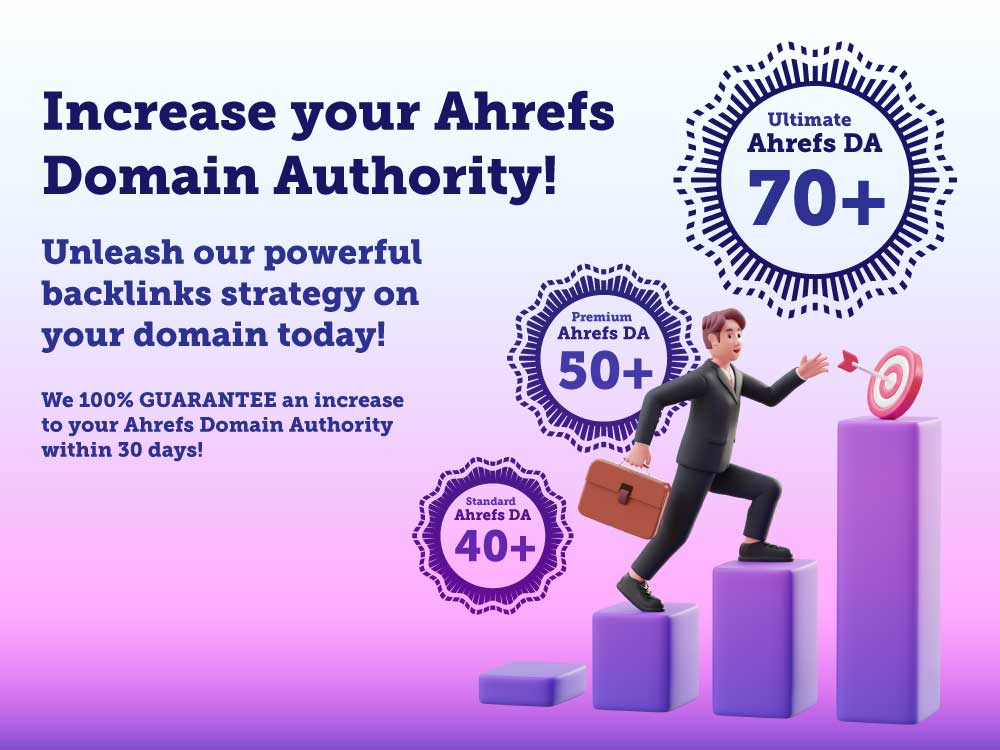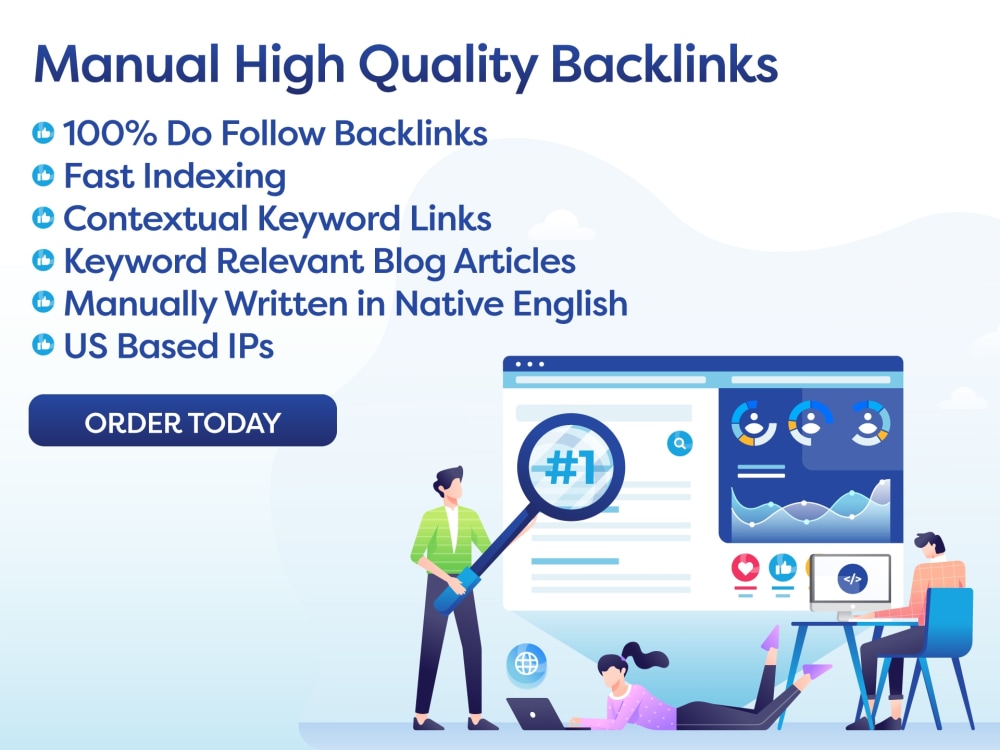Backlink Penalties: Recovery Guide
In the world of SEO, backlinks play a crucial role in determining the authority and credibility of a website. However, not all backlinks are created equal. Some can actually harm your site’s ranking and result in penalties from search engines. If your website has been hit with a backlink penalty, don’t panic. With the right strategy and approach, you can recover your site’s SEO standing and avoid future penalties. In this article, we will navigate through backlink penalties and provide a comprehensive guide to help you recover from them.
Understanding Backlink Penalties
Backlink penalties occur when search engines, like Google, identify that a website is using manipulative or spammy tactics to gain backlinks. These penalties can result in a significant drop in rankings, making it harder for your website to be found by potential customers and clients. They can also damage your website’s credibility and trustworthiness in the eyes of search engines, making it harder to recover in the future.
There are two types of backlink penalties that can be imposed by search engines:
Manual Penalties
Manual penalties are imposed by a human reviewer at the search engine. This usually happens when a website is reported for violating the search engine’s guidelines or when the algorithm detects suspicious activity. Manual penalties can be severe and require a detailed reconsideration request to be lifted.
Algorithmic Penalties
Algorithmic penalties are imposed automatically by the search engine’s algorithm. This happens when the algorithm detects a pattern of unnatural or spammy backlinks pointing to a website. These penalties can be triggered by a sudden increase in the number of backlinks, a large number of low-quality backlinks, or a high number of backlinks from irrelevant or unrelated websites.
Identifying a Backlink Penalty
The first step in recovering from a backlink penalty is to identify if your website has been hit with one. Here are some signs that your website may have been hit with a backlink penalty:
- Sudden drop in rankings for specific keywords or overall.
- Decrease in organic traffic.
- Warning messages in Google Search Console or other tools.
- Changes in the number or quality of backlinks.
If you notice any of these signs, it’s important to investigate further to determine the cause and take action to recover from the penalty.
Recovering from a Backlink Penalty
Recovering from a backlink penalty can be a lengthy and challenging process, but it is not impossible. Here are some steps you can take to recover from a backlink penalty:
1. Identify and Remove Toxic Backlinks
The first step in recovering from a backlink penalty is to identify and remove any toxic backlinks pointing to your website. These are backlinks from low-quality or spammy websites that can harm your site’s reputation. You can use tools like Google Search Console, Ahrefs, or SEMrush to find and analyze your backlink profile. Once you have identified the toxic backlinks, reach out to the website owners and request that they remove the link to your site. If they do not respond or refuse, you can use Google’s Disavow Tool to disavow these links.
2. Improve Your Backlink Profile
To recover from a backlink penalty, you need to show the search engines that you are actively working to improve your backlink profile. This means acquiring high-quality, relevant backlinks from authoritative websites. You can do this by creating high-quality content that naturally attracts backlinks or by reaching out to other websites in your industry for guest blogging opportunities or collaborations.
3. Submit a Reconsideration Request
If you have received a manual penalty, you will need to submit a reconsideration request to the search engine. This is a detailed document that explains the steps you have taken to remove toxic backlinks and improve your backlink profile. Make sure to be honest and transparent in your request and provide evidence to support your claims.
4. Stay Up-to-Date with Search Engine Guidelines
To avoid future backlink penalties, it’s crucial to stay up-to-date with the search engine’s guidelines. Google regularly updates its algorithm and guidelines, so make sure to keep an eye on any changes and adjust your SEO strategy accordingly.
Conclusion
A backlink penalty can be a setback for your website’s SEO, but it is not the end of the road. By understanding the types of penalties, identifying them, and taking the necessary steps to recover, you can get your site back on track and avoid future penalties. Remember to always prioritize quality over quantity when it comes to backlinks and stay up-to-date with the search engine guidelines. With patience and perseverance, your website’s SEO standing will recover, and you can continue to climb the search engine rankings.

